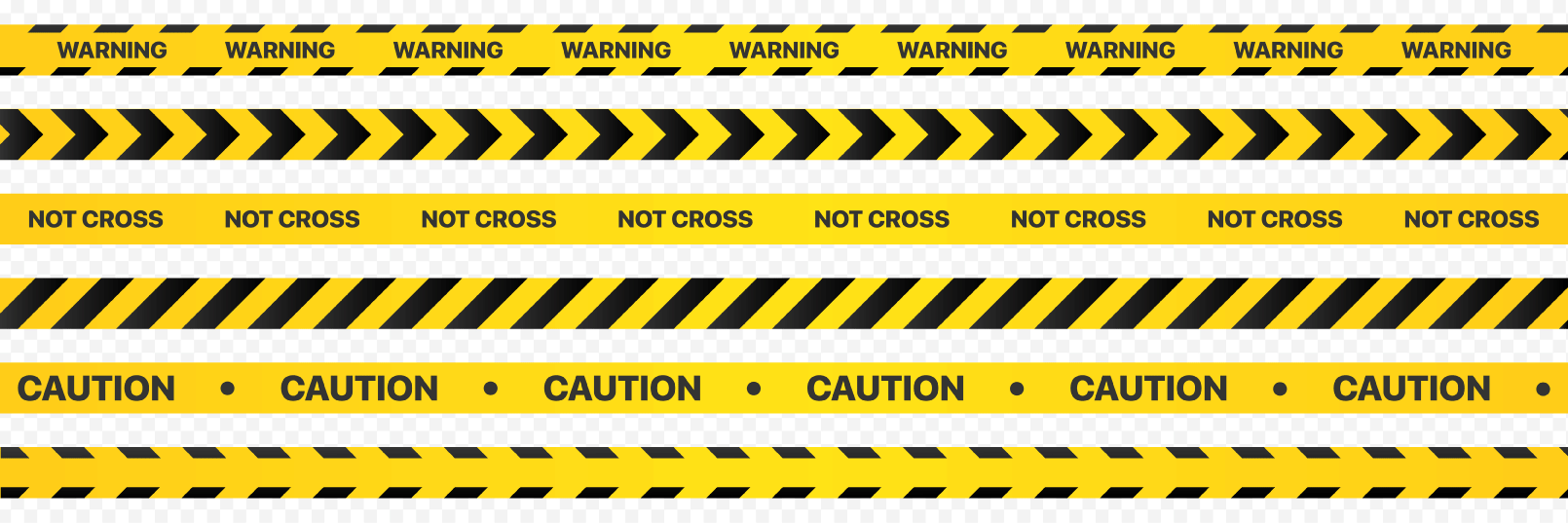The Role of Fear
The role of fear in an over-activated nervous system
Fight, flight, freeze, or fawn
We can think of the nervous system as being in either a fight-or-flight or rest-and-digest state. When we are calm and relaxed and otherwise functioning as if we’re not under threat, then our bodies are in a rest-and-digest state. However, if something threatens our well being, our nervous systems get activated into what’s more fully known as the fight-flight-freeze-fawn state.
In this activated state:
Conscious triggers
There are probably some things you’re already aware of that likely trigger a fight-flight-freeze-fawn response.
These might include:
Unconscious triggers
However, there are likely fears and triggers that you’re not aware of, but that are still wreaking havoc with your nervous system. These might include:
Most of the issues above can become ever-present, which means that unless you work to address them, your body will be in a constant state of fear and your nervous system will remain over-activated. The fact that so many fears exist at an unconscious level makes them especially pernicious and difficult to deal with. However, with the work described on this site, you can begin to address them and lay them to rest, allowing your body to finally return to that coveted rest-and-digest state.
Learn more
In the articles below, I dive deeper into topics, tools, and techniques regarding this component of healing. This is where I share what I did to heal and where I’ll add updates as I learn new information on these issues. So make sure to look through these posts as well.
Other Resources
The Healing Pathways Newsletter
Get the latest posts and information about how to heal and reset your nervous system by signing up for the newsletter.




